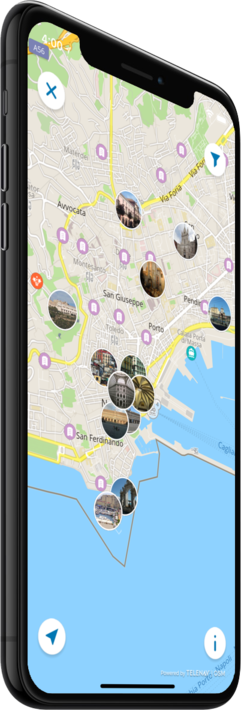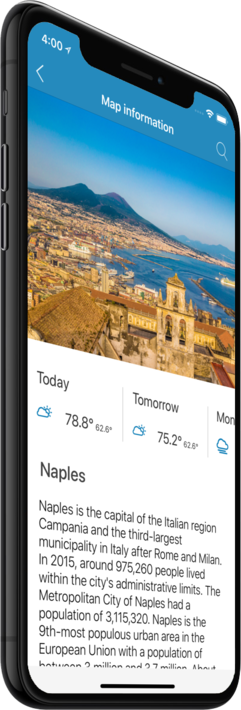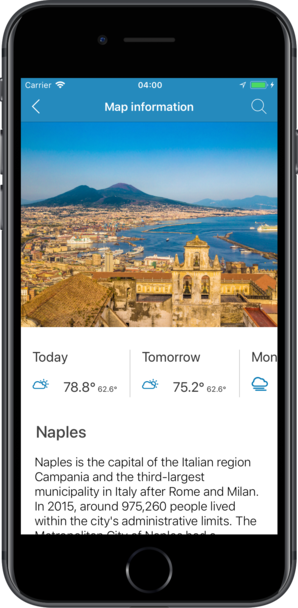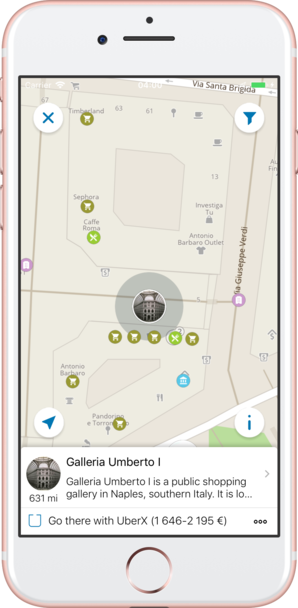Features
Turn your trip into an exciting and unforgettable experience
with the Naples offline mobile map!
TOP DESTINATIONS
Our offline map offers you information about 22 top destinations, featuring high-quality descriptions, photos, and reviews written by real travelers.
HIGH-QUALITY CONTENT
Every location we feature comes with a description, a photo, and reviews written by real people.
SAVE ON MOBILE DATA!
All of the app’s features work offline! Simply download our completely autonomous map before your trip, and save mobile traffic!
FIND TOP DESTINATIONS NEARBY!
In addition to our featured locations, you will find tens of thousands of other useful places in our guide (hotels, restaurants, teller machines, public transport stops, points of interest, etc.)
OFFLINE NAVIGATION
Plan the best driving, walking, or biking route offline! Save your locations, so you can always easily find your way back and never get lost.
WEATHER FORECAST AND CURRENCY CONVERSION!
Latest weather forecast and a handy conversion rate calculator for 200+ different currencies!
Top places of interest
Here is a list of just a few of the places of interest that you can find on our offline map.
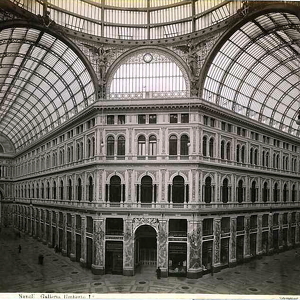

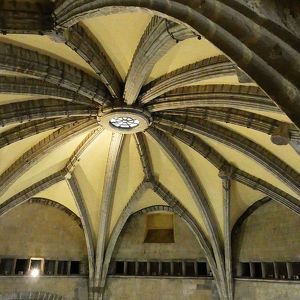
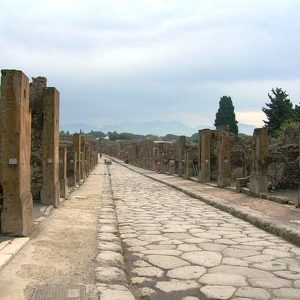
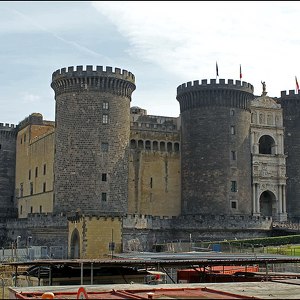
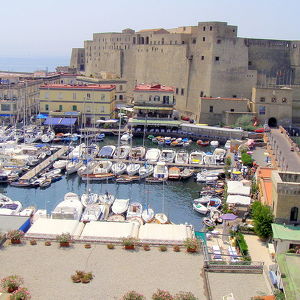
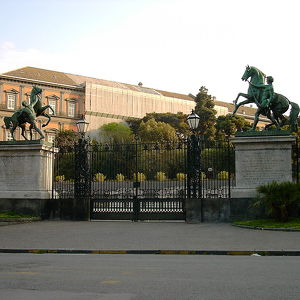
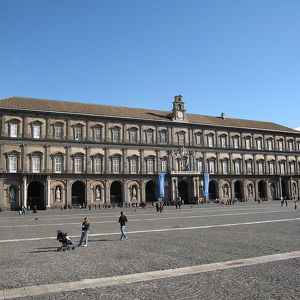
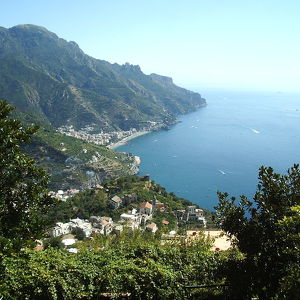

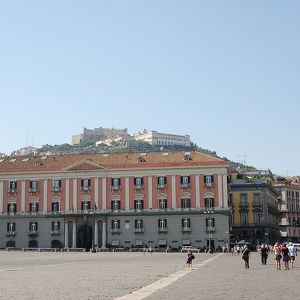
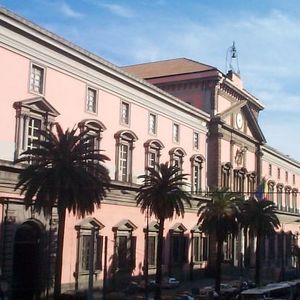
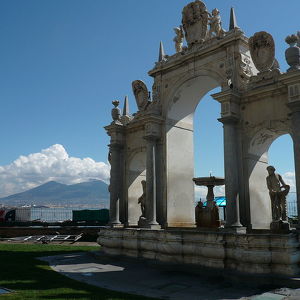

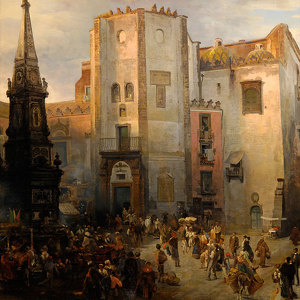
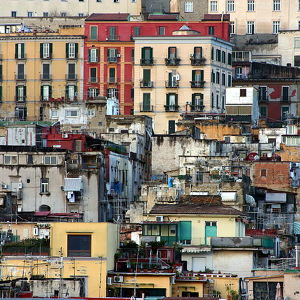
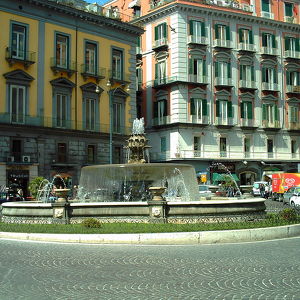
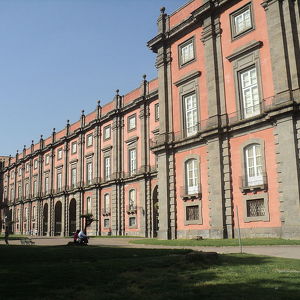
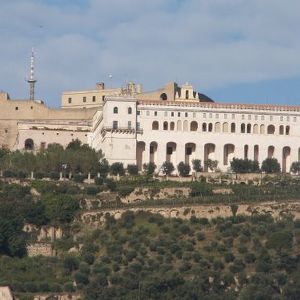
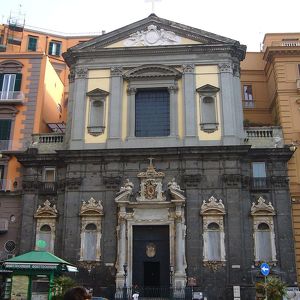
Galleria Umberto I
Galleria Umberto I is a public shopping gallery in Naples, southern Italy. It is located directly across from the San Carlo opera house. It was built between 1887–1891, and was the cornerstone in the decades-long rebuilding of Naples — called the risan...
Piazza del Plebiscito
It is named after the plebiscite taken on October 2, 1860 that brought Naples into the unified Kingdom of Italy under the House of Savoy. It is located very closely to the gulf of Naples, and bounded on the east by the Royal Palace and on the west by t...
Castel Nuovo
Before the accession of Charles I of Naples (Charles of Anjou) to the throne in 1266, the capital of the Kingdom of Naples was Palermo. There was a royal residence in Naples, at the Castel Capuano. However, when the capital was moved to Naples, Charles...
Pompeii
Pompeii was an ancient Roman town-city near modern Naples, in the Campania region of Italy, in the territory of the comune of Pompei. Pompeii, along with Herculaneum and many villas in the surrounding area, was mostly destroyed and buried under 4 to 6 ...
Castel Nuovo
Castel Nuovo (Italian: "New Castle"), often called Maschio Angioino (Italian: "Angevin Keep"), is a medieval castle located in front of Piazza Municipio and the city hall (Palazzo San Giacomo) in central Naples, Italy. Its scenic location and imposing ...
Castel dell'Ovo
Castel dell'Ovo is a seaside castle in Naples, located on the former island of Megaride, now a peninsula, on the Gulf of Naples in Italy. The castle's name comes from a legend about the Roman poet Virgil, who had a reputation in medieval times as a gre...
Cavalli di Bronzo
Cavalli di Bronzo
Royal Palace of Naples
The Royal Palace of Naples is a palace, museum, and historical tourist destination located in central Naples, southern Italy. It was one of the four residences near Naples used by the Bourbon Kings during their rule of the Kingdom of the Two Sicilie...
Amalfi Coast
The Amalfi Coast is a stretch of coastline on the southern coast of the Salerno Gulf on the Tyrrhenian Sea, located in the Province of Salerno of southern Italy. The Amalfi Coast is a popular tourist destination for the region and Italy as a whole, ...
Naples Cathedral
The present cathedral was commissioned by King Charles I of Anjou. Construction continued during the reign of his successor, Charles II (1285-1309) and was completed in the early 14th century under Robert of Anjou. It was built on the foundations of tw...
Palazzo della Prefettura
The palace previously called Palazzo della Foresteria, was commissioned by Ferdinand I of the Two Sicilies as a guest house in the gardens of his royal palace. It had previously housed a 14th-century convent of Basilian Monks. The present Neoclassical ...
National Archaeological Museum
The National Archaeological Museum of Naples (Italian: Museo Archeologico Nazionale di Napoli, sometimes abbreviated to MANN) is an important Italian archaeological museum, particularly for ancient Roman remains. Its collection includes works from Gree...
Fontana del Gigante
The Fontana del Gigante or Fountain of the Giant is a monumental fountain in Naples. It was designed in the 17th century by Michelangelo Naccherino and Pietro Bernini for the Royal Palace of Naples, where it stood near a colossal ancient statue, and...
Piazza Dante
Originally, the square was called Largo del Mercatello (Market Square). In 1765, it was rechristened Foro Carolina, after the wife of the King of Naples. At that time, the square was modified by architect Luigi Vanvitelli. Modifications included the co...
Piazza San Domenico Maggiore
Piazza San Domenico Maggiore
Quartieri Spagnoli
Quartieri Spagnoli (Spanish Quarters) is a part of the city of Naples in Italy. The Neapolitan language is stronger here than anywhere else. It is a poor area, suffering from high unemployment and strong influence of Camorra. The area, encompassing c. ...
Fontana del Carciofo
The Fontana del Carciofo or Fountain of the Artichoke is a monumental public fountain in central Naples, located in Piazza Trieste e Trento, just adjacent to the Piazza del Plebiscito. In the 1950s, plans were made to move the historic Fountain of Mont...
Museo di Capodimonte
Museo di Capodimonte is an art museum located in the Palace of Capodimonte, a grand Bourbon palazzo in Naples, Italy. The museum is the prime repository of Neapolitan painting and decorative art, with several important works from other Italian schools ...
Certosa di San Martino
The Certosa di San Martino is a former monastery complex, now a museum, in Naples, southern Italy. Along with Castel Sant'Elmo that stands beside it, this is the most visible landmark of the city, perched atop the Vomero hill that commands the gulf. A ...
San Ferdinando
The original church at the site was dedicated by the Jesuits to Saint Francis Xavier, and was built in 1636. Reconstruction in mid 1650s was entrusted to Cosimo Fanzago. In 1767, with the expulsion of the Jesuits from the realm, the church was granted ...
Counter

22
TOP DESTINATIONS

680
PLACES OF INTEREST

5916
HOTELS

1267
CAFES AND RESTAURANTS
Contact us
You can get in touch with us by filling out this form
 |
 |
 |

